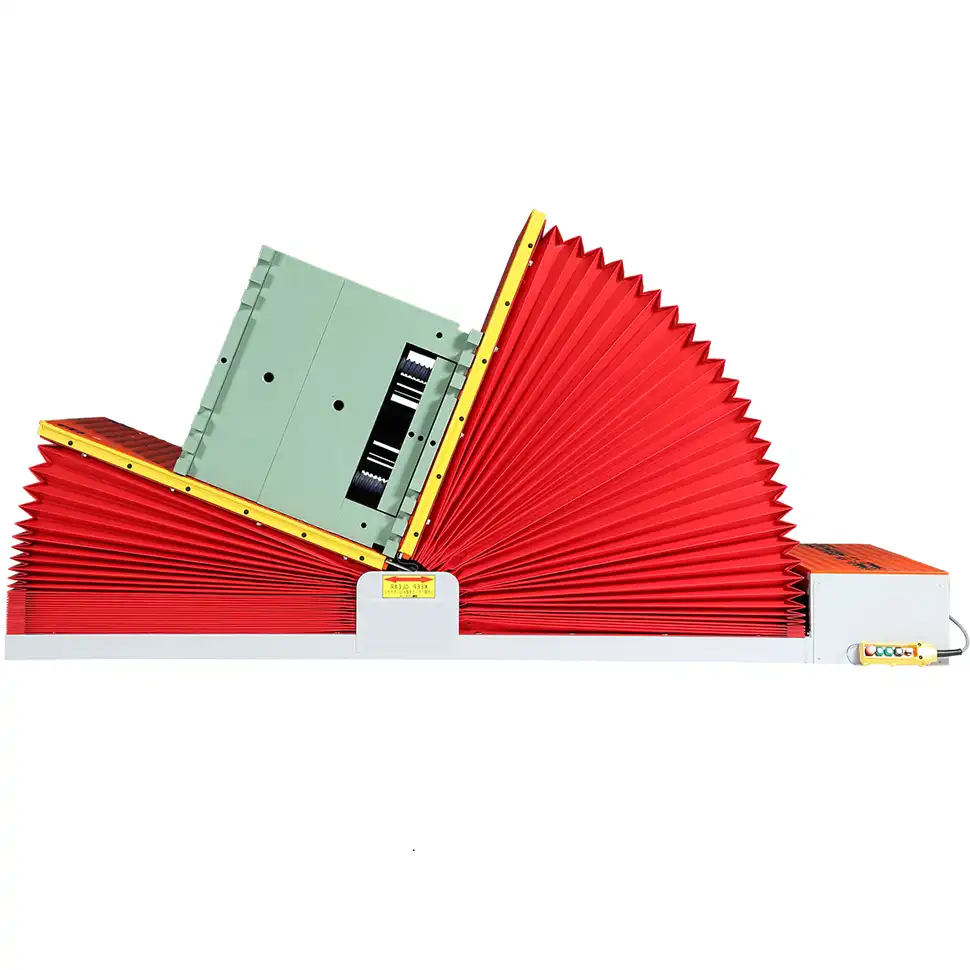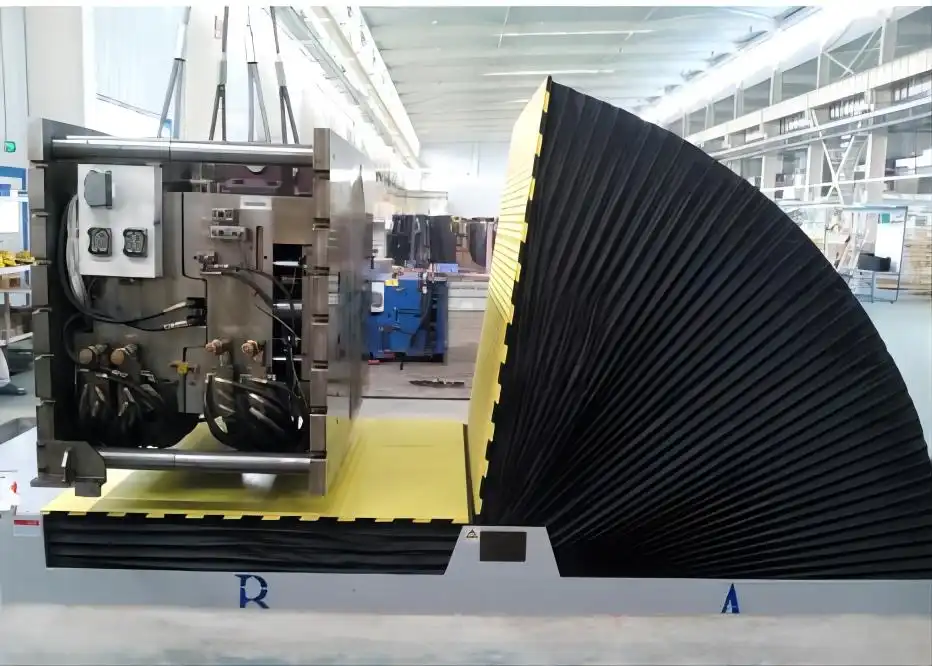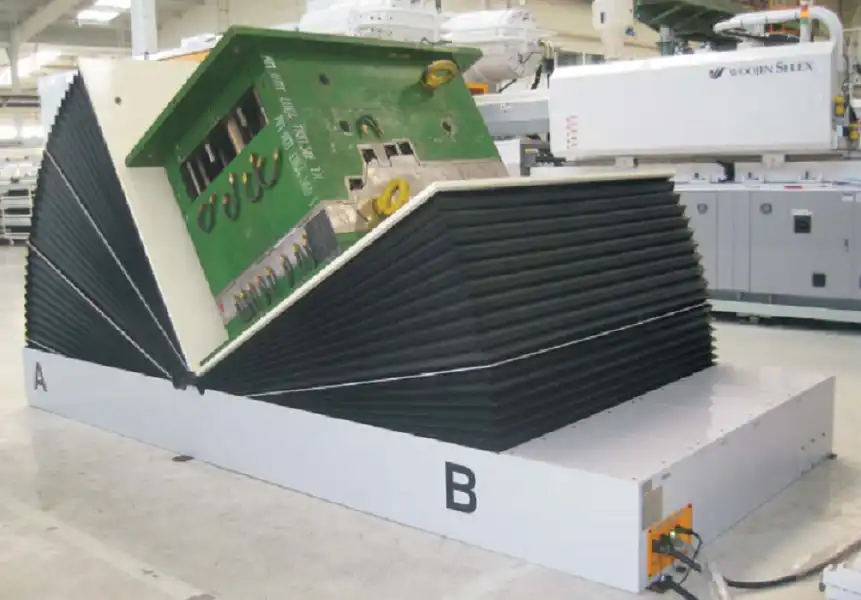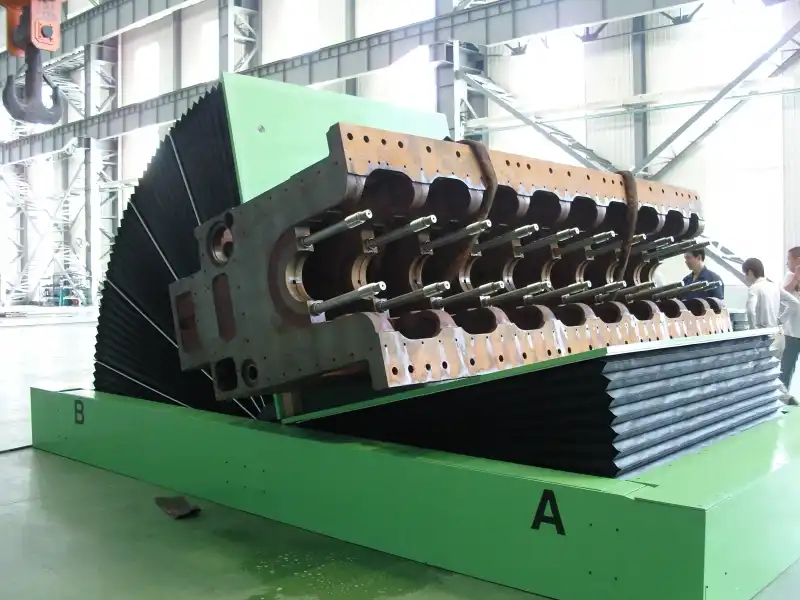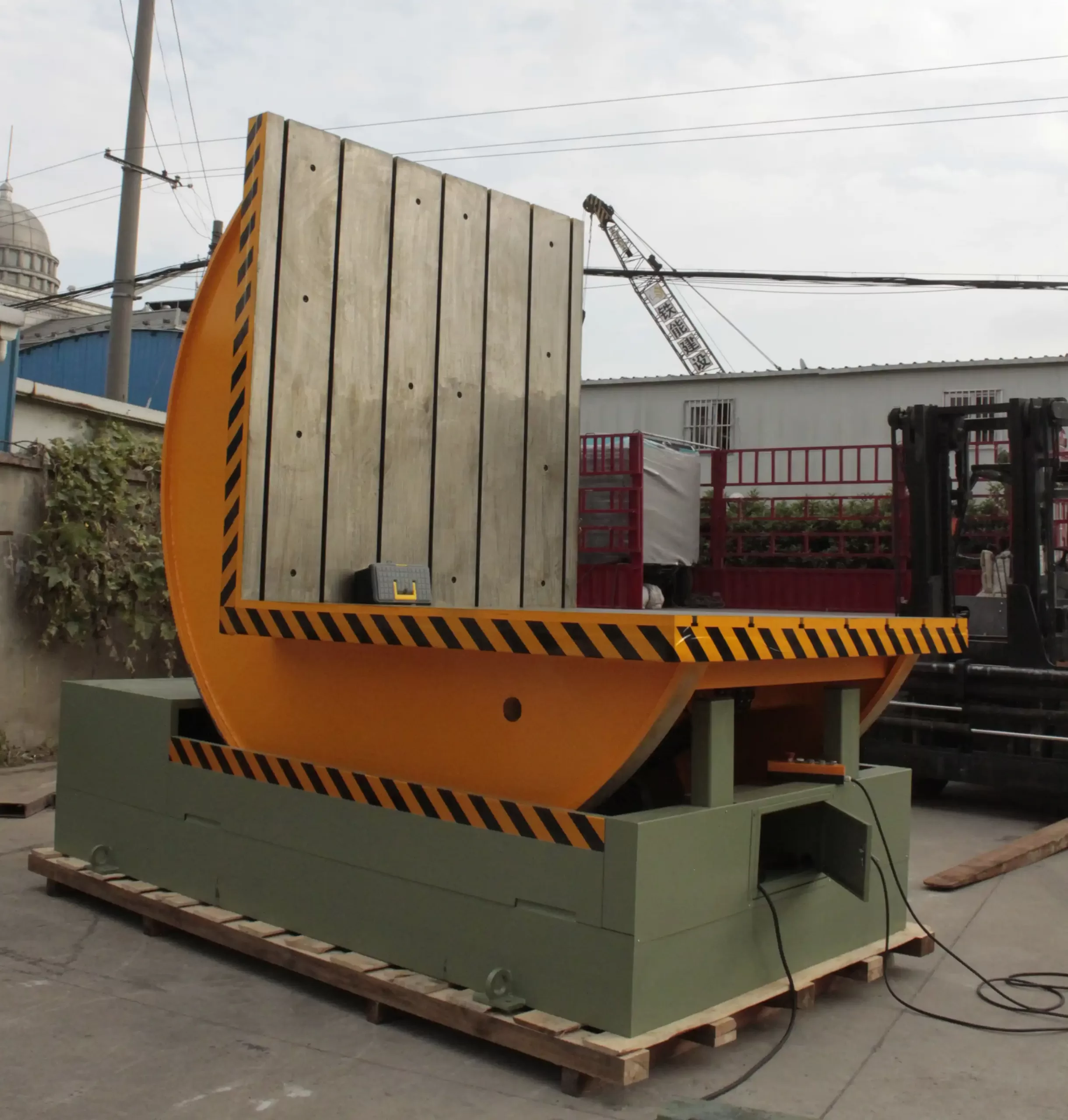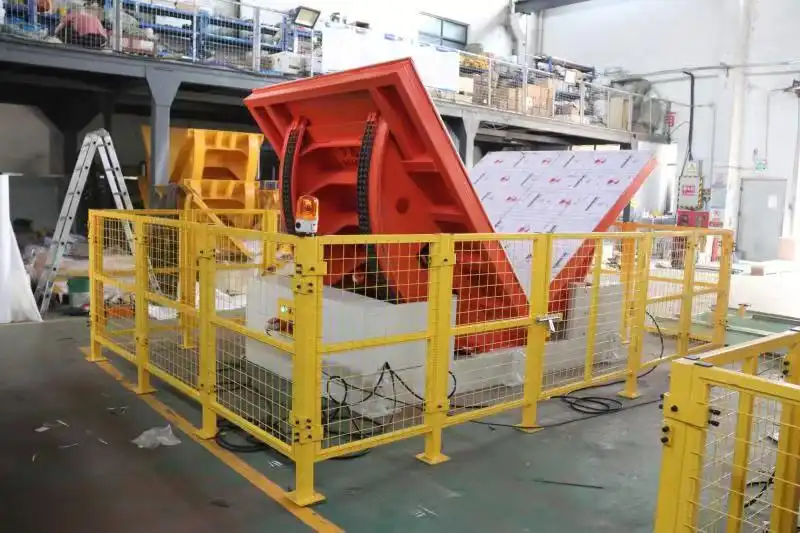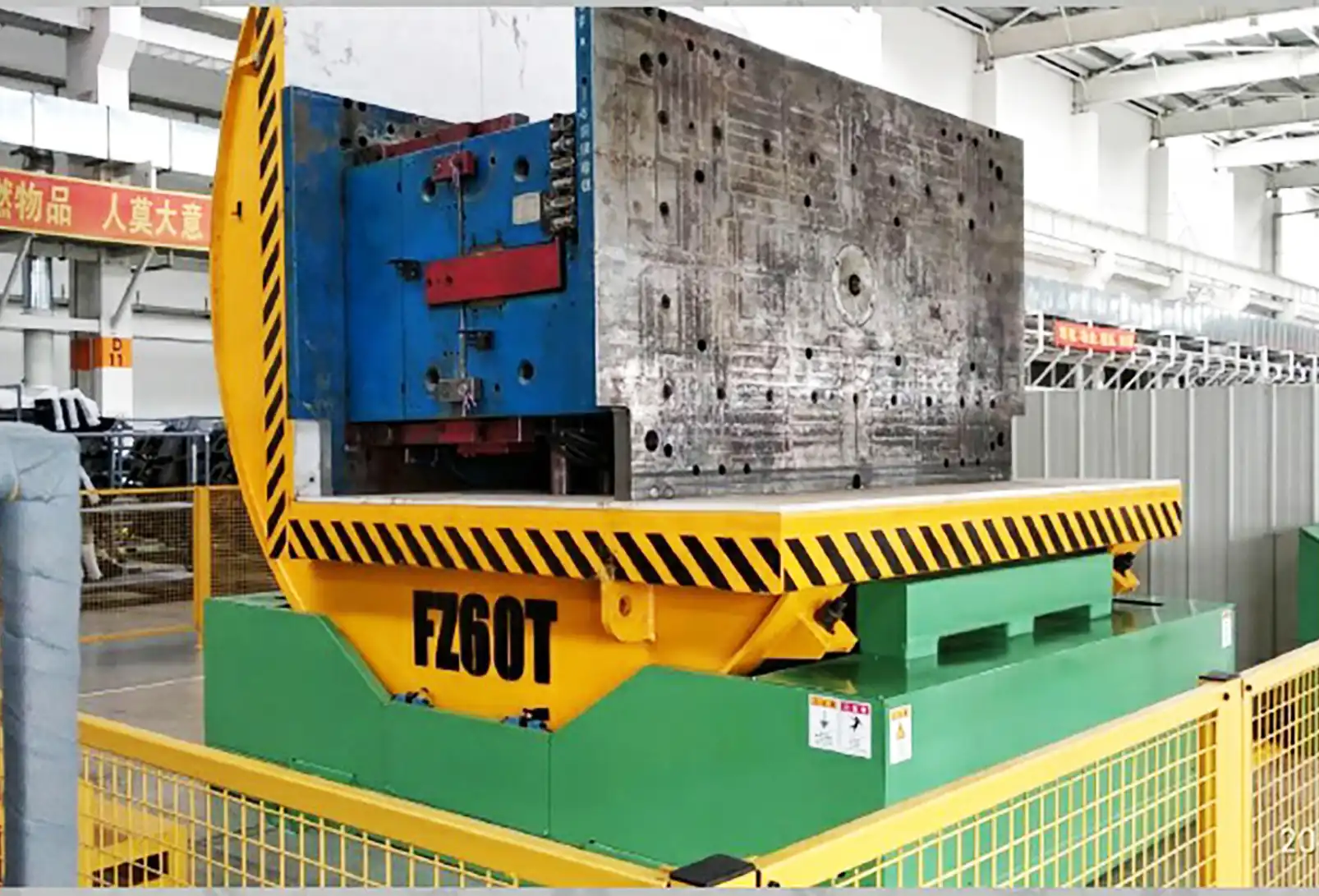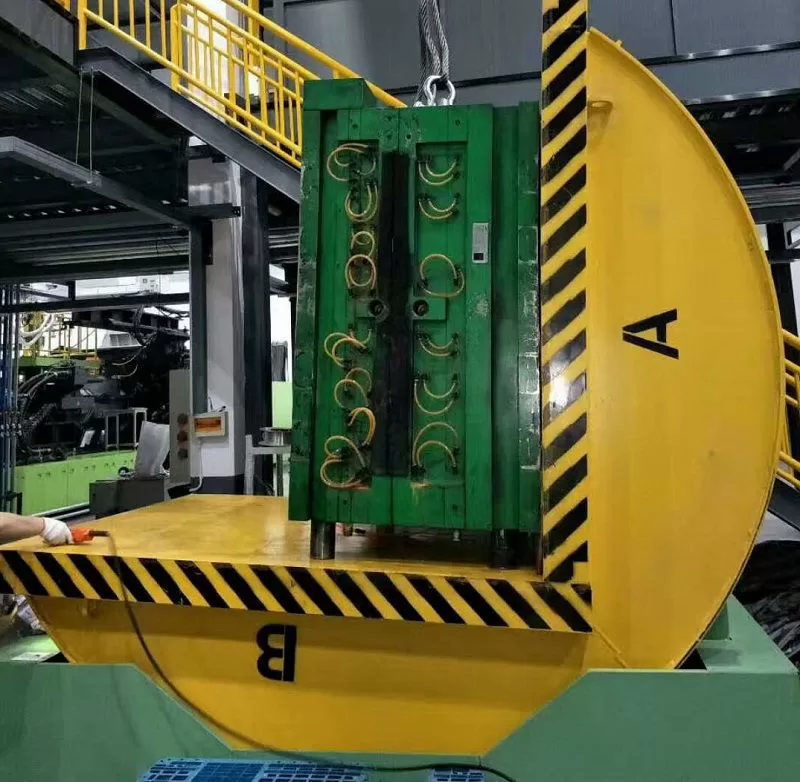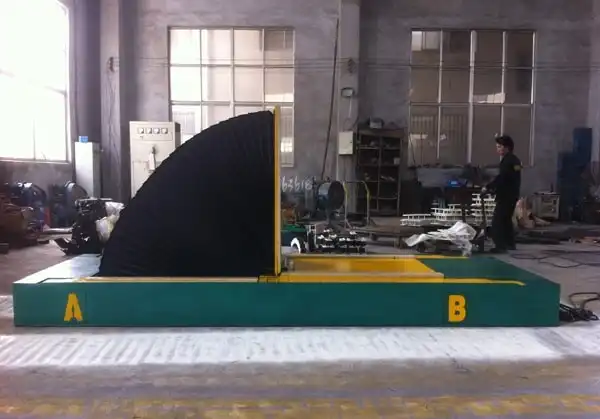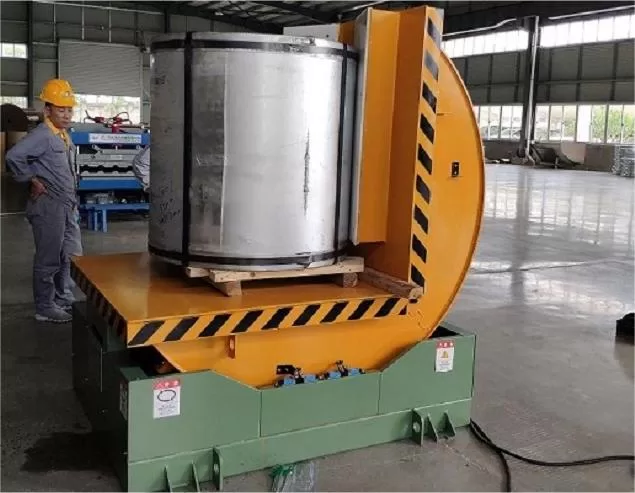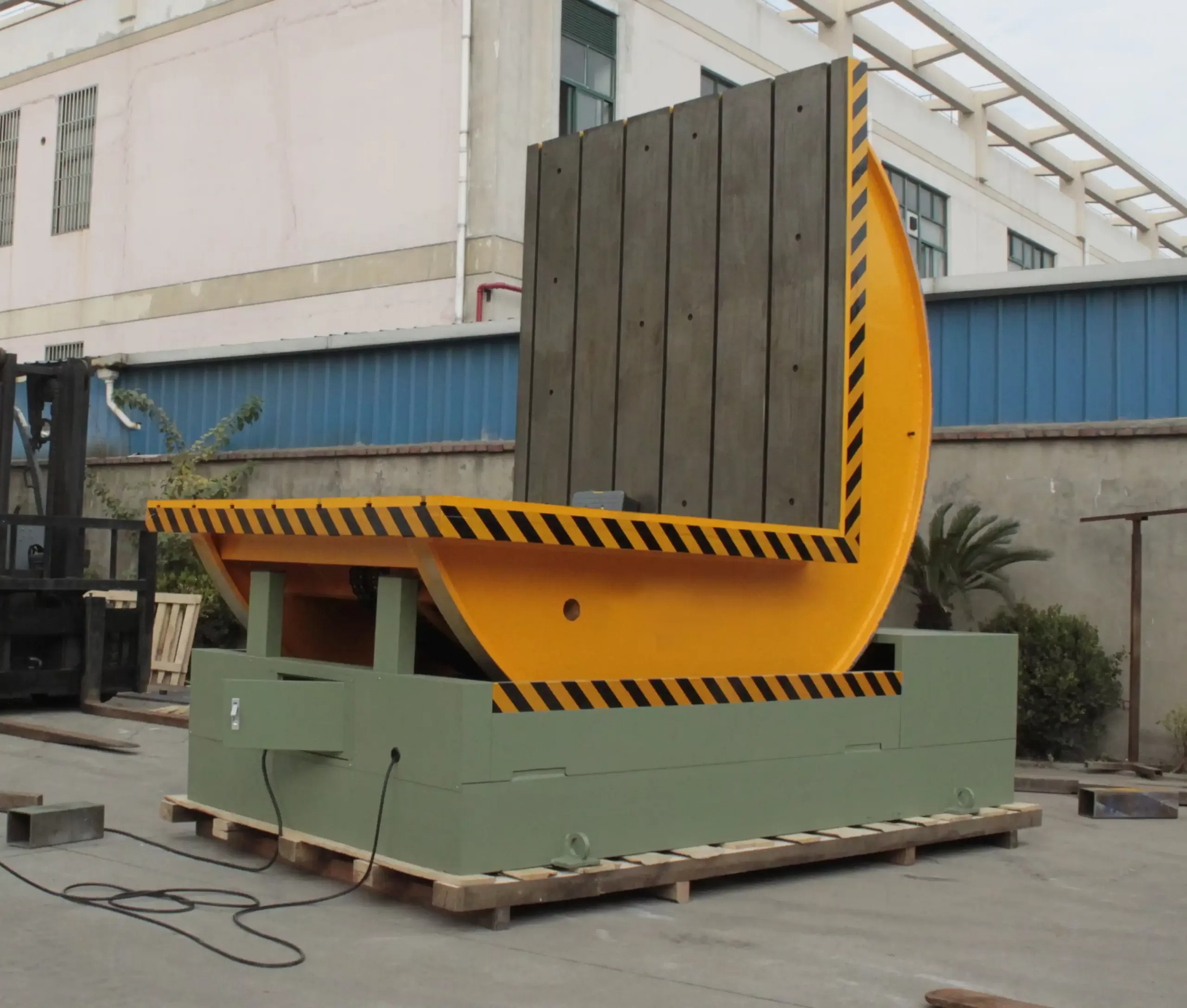What to Look for When Selecting a Mold Rotator: A Comprehensive Buyer’s Guide
Choosing the right mold rotator can be a game-changer for your operations, significantly impacting efficiency, safety, and productivity. Whether you're involved in manufacturing, food processing, or any industry requiring mold handling, understanding the key features and factors to consider when selecting a mold rotator is essential. This comprehensive buyer’s guide will walk you through everything you need to know to make an informed decision.

Introduction
In today’s competitive market, operational efficiency is paramount. A mold rotator is a piece of equipment designed to rotate heavy molds safely and efficiently. The right mold rotator can help minimize manual labor, reduce workplace injuries, and enhance productivity. However, with numerous options available on the market, how do you ensure you’re choosing the best one for your specific needs? This guide aims to provide you with in-depth insights into the essential features and considerations when selecting a mold rotator.
1. Understand Your Specific Needs
Before diving into the features of various mold rotators, it’s crucial to assess your specific requirements. Every industry has unique demands, so understanding your operational needs is the first step toward making an informed decision. Ask yourself:
-
What type of molds will I be rotating? The size, weight, and shape of your molds will significantly influence the type of mold rotator you need.
-
How often will I be using the rotator? If you require frequent usage, investing in a more durable, higher-capacity model may be worthwhile.
-
What is my workspace like? Space constraints can dictate the size and design of the mold rotator. Consider both the footprint and the clearance needed for operation.
By clearly defining your needs, you can narrow down your options and focus on mold rotators that align with your operational requirements.
2. Key Features to Look For
When evaluating mold rotators, certain features stand out as critical indicators of performance and reliability. Here are some key aspects to consider:
-
Load Capacity: Ensure the mold rotator can handle the weight of your molds. Manufacturers typically provide specifications regarding the maximum load capacity, so choose a model that exceeds your heaviest mold's weight to accommodate any future needs.
-
Rotation Mechanism: Look for rotators that offer smooth, controlled rotation. The mechanism should allow for both full and partial rotations, enabling precise positioning of molds. Some advanced models come equipped with programmable controls for automated rotation, which can enhance efficiency.
-
Safety Features: Safety is non-negotiable in any workplace. Check for features such as emergency stop buttons, safety guards, and overload protection. A mold rotator designed with safety in mind not only protects your employees but also minimizes the risk of damage to molds and equipment.
-
Ease of Use: Consider how user-friendly the mold rotator is. Intuitive controls, clear displays, and easy adjustments are vital for quick operation. A machine that’s easy to use will reduce training time and promote safer handling.
-
Durability and Maintenance: The materials used in construction can impact the durability of the mold rotator. Look for robust, corrosion-resistant materials that can withstand the demands of your environment. Additionally, consider models that require minimal maintenance, allowing for continuous operation without excessive downtime.
3. Cost vs. Value: Making the Right Investment
When it comes to purchasing a mold rotator, the price tag is often a significant factor. However, it’s essential to weigh cost against value. The cheapest option may not always be the best, especially if it compromises on features that ensure safety and efficiency.
-
Initial Costs: Compare prices among various manufacturers, but keep in mind that the initial cost is just one aspect of your investment. Consider how the rotator will perform over time.
-
Long-Term Savings: A higher-quality mold rotator may come with a steeper price but can save you money in the long run through increased productivity, reduced labor costs, and fewer workplace injuries.
-
Warranty and Support: A solid warranty can indicate the manufacturer’s confidence in their product. Choose a supplier that offers comprehensive support, including maintenance services and readily available replacement parts.
Investing wisely in a mold rotator not only enhances your operational capabilities but also ensures you achieve the best return on your investment.
4. Assessing Brand Reputation and Reviews
Before making a purchase, it’s important to research the manufacturer. A reputable brand often indicates quality and reliability. Here are some tips for assessing brand reputation:
-
Read Customer Reviews: Look for reviews on third-party sites and forums where users share their experiences. Pay attention to comments about performance, customer service, and durability. Consistently positive feedback can be a good sign of a trustworthy product.
-
Industry Experience: Consider how long the manufacturer has been in business. Companies with a long track record are likely to have honed their products and customer service over the years.
-
Certifications and Standards: Check if the manufacturer meets industry standards and holds relevant certifications. Compliance with safety and quality standards can give you peace of mind regarding the product’s reliability.
5. Comparing Different Models
Once you have a list of potential mold rotators, it’s time to compare different models side by side. Here’s what to focus on during your comparison:
-
Specifications: Make a detailed comparison of technical specifications, including load capacity, rotation speed, and dimensions. Ensure each model meets your operational requirements.
-
Price vs. Features: Don’t just look at the price; evaluate which features are included. A slightly higher price may be justified if the model offers superior features that enhance efficiency or safety.
-
Warranty Options: Look closely at the warranty terms offered by each manufacturer. A longer warranty often reflects confidence in the product’s durability and reliability.
6. Customization Options
Depending on your specific needs, you may require a mold rotator that can be customized. Many manufacturers offer customizable options to better suit unique operational requirements. Consider the following:
-
Size Adjustments: If your molds vary significantly in size, look for models that can be adjusted accordingly or that come with interchangeable components.
-
Additional Features: Some manufacturers allow you to add features such as advanced control systems or enhanced safety measures. Customizing your mold rotator can lead to increased efficiency and better performance.
-
Aesthetic Considerations: While functionality is key, some businesses also prioritize the appearance of their equipment. Check if customization options are available to match your facility's branding or aesthetics.
7. Understanding Installation Requirements
After selecting the right mold rotator, understanding the installation requirements is crucial. Improper installation can lead to operational issues and safety hazards. Here are key points to consider:
-
Space and Setup: Ensure you have adequate space for both the mold rotator and its operational clearance. Check the manufacturer’s specifications for installation requirements.
-
Electrical and Hydraulic Needs: Many mold rotators require specific electrical or hydraulic setups. Consult with the manufacturer or a professional installer to ensure your facility meets these requirements.
-
Professional Installation: While some models are designed for easy setup, others may require professional installation. Factor in these costs when budgeting for your new equipment.
8. Training for Operators
Proper training is essential for maximizing the efficiency of your mold rotator. Investing in operator training can significantly reduce the risk of accidents and improve productivity. Here’s how to approach training:
-
Manufacturer Training Programs: Many manufacturers offer training sessions for new equipment. Take advantage of these programs to ensure your operators are fully educated on the machine's features and safety protocols.
-
On-the-Job Training: In addition to formal training, consider implementing on-the-job training. Pair experienced operators with new hires to ensure best practices are shared.
-
Continuous Learning: As technology evolves, ongoing training may be necessary. Stay updated on any changes in equipment operation or safety standards.
9. Maintenance and Support Services
A well-maintained mold rotator will last longer and perform better. When selecting a mold rotator, consider the maintenance requirements and support services offered by the manufacturer:
-
Regular Maintenance Checks: Implement a schedule for routine maintenance to prevent breakdowns. Some manufacturers provide maintenance services or can recommend trusted providers.
-
Replacement Parts Availability: Ensure that replacement parts are readily available from the manufacturer or third-party suppliers. Quick access to parts minimizes downtime.
-
Customer Support: Investigate the level of customer support provided. Reliable support can be invaluable when troubleshooting issues or seeking advice on maintenance.
10. Conclusion
Selecting the right mold rotator involves careful consideration of your specific needs, the features of various models, and the reputation of the manufacturer. By understanding the critical factors outlined in this guide, you can make an informed decision that enhances your operational efficiency and safety. Remember to prioritize quality and support, as these aspects can significantly influence your long-term satisfaction with the equipment. Investing in the right mold rotator is not just about today; it’s about setting your operations up for future success.
